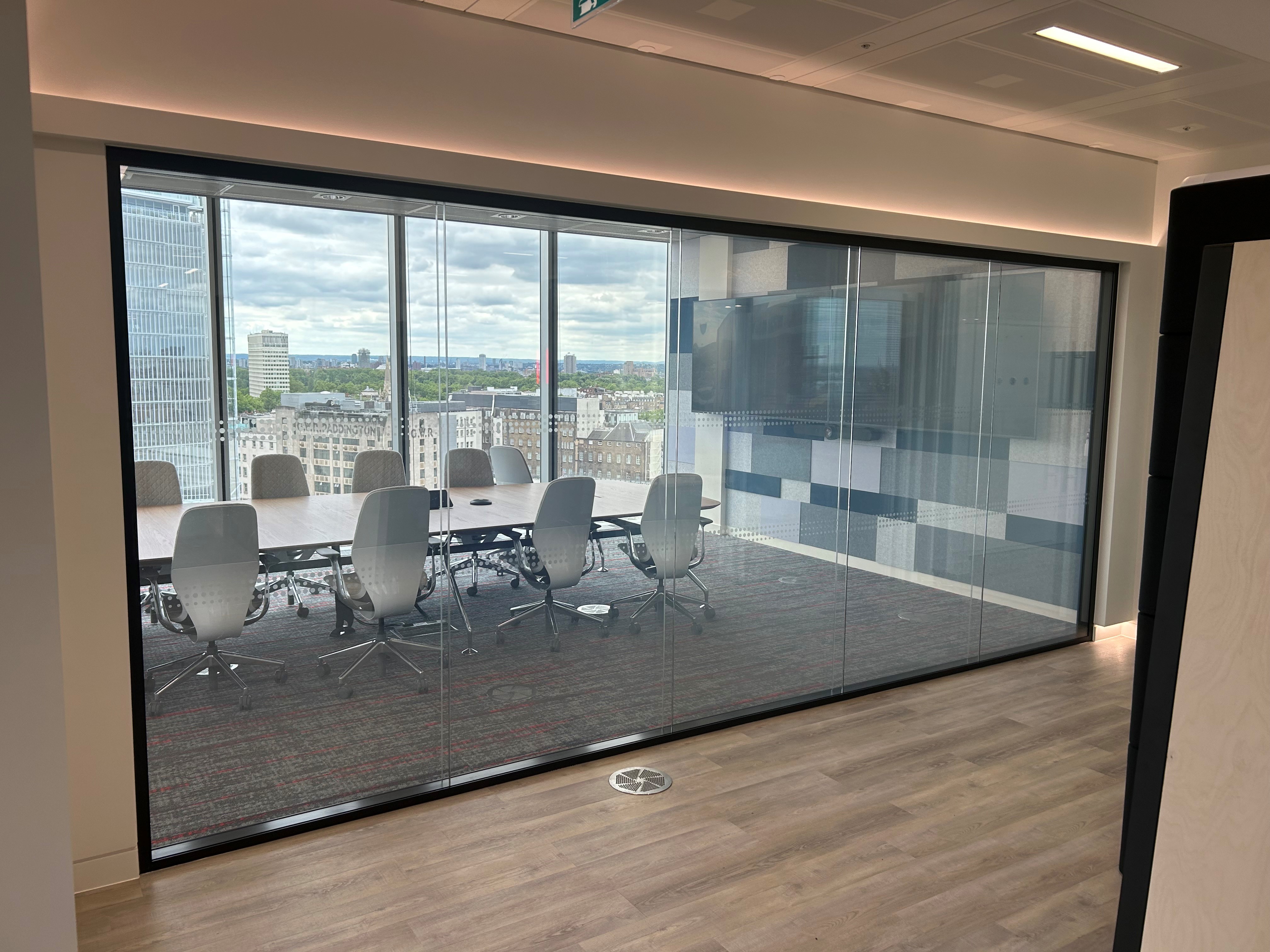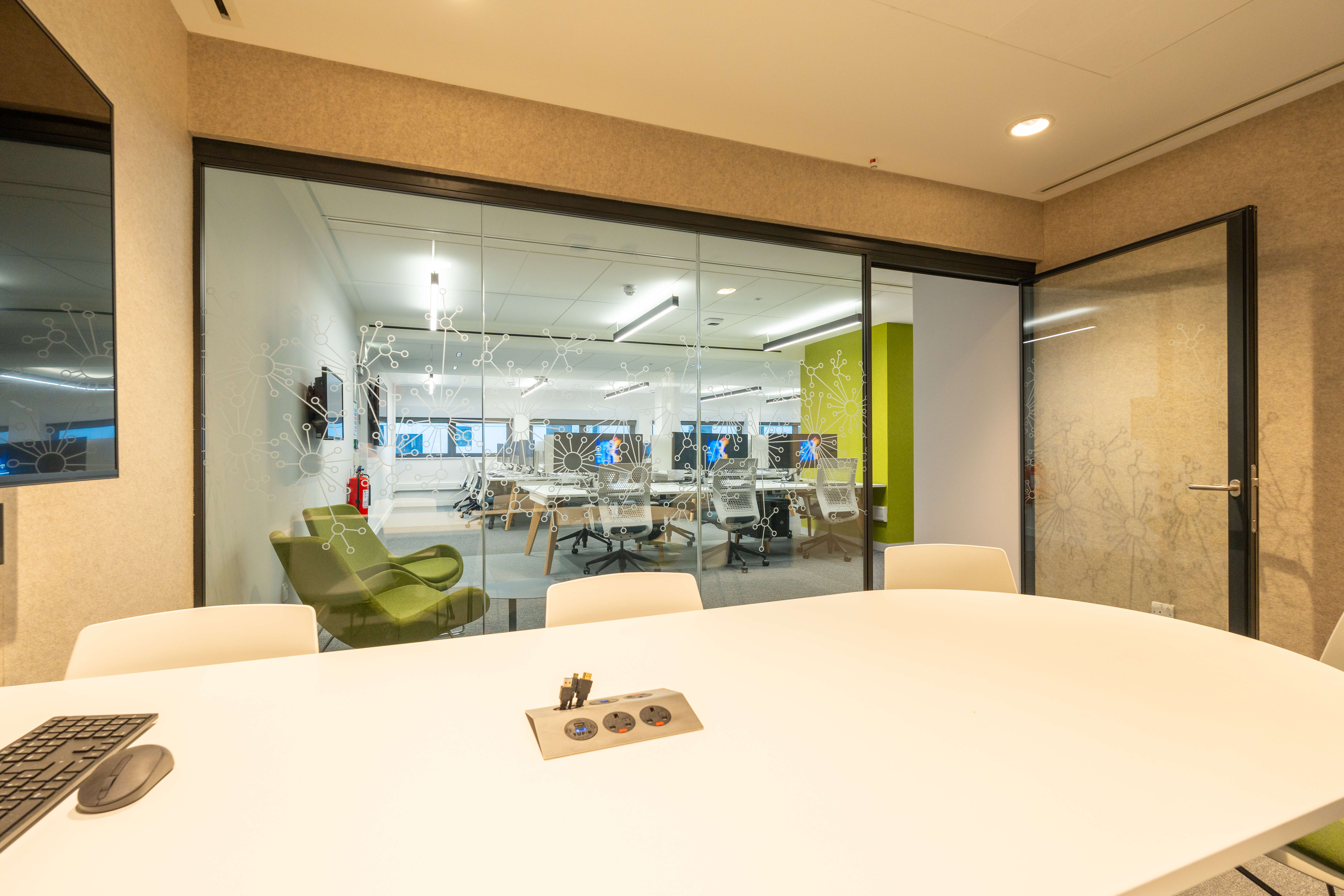
Last week, we discussed acoustic comfort and its importance in the workplace.
Here, we’re delving into that topic even further by identifying two key considerations when looking at improving the acoustic comfort in a workspace.
Assessing acoustic needs
Assessing acoustic comfort begins with a thorough review of a space and its surroundings to spot anything that could have an impact on the acoustics.
Furthermore, as acoustic comfort is subjective, it requires consideration for what will be deemed an acceptable level of noise depending on the type of setting the space is in.
As we’re looking at the workplace, we’ll use this as an example. In London, many commercial spaces are located in areas bustling with life. Buses, construction work, commuters, sirens. Or even the continuous hum of the underground. Achieving acoustic comfort requires consideration of all of these external factors.
However, internal acoustics are equally as important. One UK study found how 99% of participants have been negatively impacted by poor office acoustics.
Assessing the external and internal environment of space will ensure the necessary steps have been taken to accommodate the acoustic comfort of occupants.
Bespoke design
The second key consideration is how a bespoke system can elevate the acoustic comfort of a space; as a ‘one style fits all’ approach is certainly not the way to go.
We all work in incredibly different ways. Some prefer the buzz of office conversation to generate ideas and work collaboratively, whereas others require personal zones to work and focus from.
According to the GSK Workspace Performance Hub study, employees showed a significant improvement in cognitive function when working in a space that had a variety of workstations and an emphasis on natural lighting and biophilia. We explain how acoustic glazed partitions can be integrated into biophilic design here.
Allowing for bespoke acoustic partitions in the design of a workspace provides occupants with a wealth of workspace options to chose from, depending on their mood, tasks or preferred way of working.
Benefits of acoustic comfort
We’ve mentioned two key considerations above, but what about the benefits of achieving optimal acoustic comfort?
Creating a space that has acoustics at the heart of the design can result in:
- Enhanced productivity
- Increased chances of attracting and retaining talent
- Improved health and wellbeing – as the GSK study above highlights
- Greater opportunity for collaboration and teamwork
- An improved work environment
If you’d like to discuss acoustic comfort or glazed partitions for your project, please contact us here!
Related articles

Embodied Carbon in Glazed Partitions



